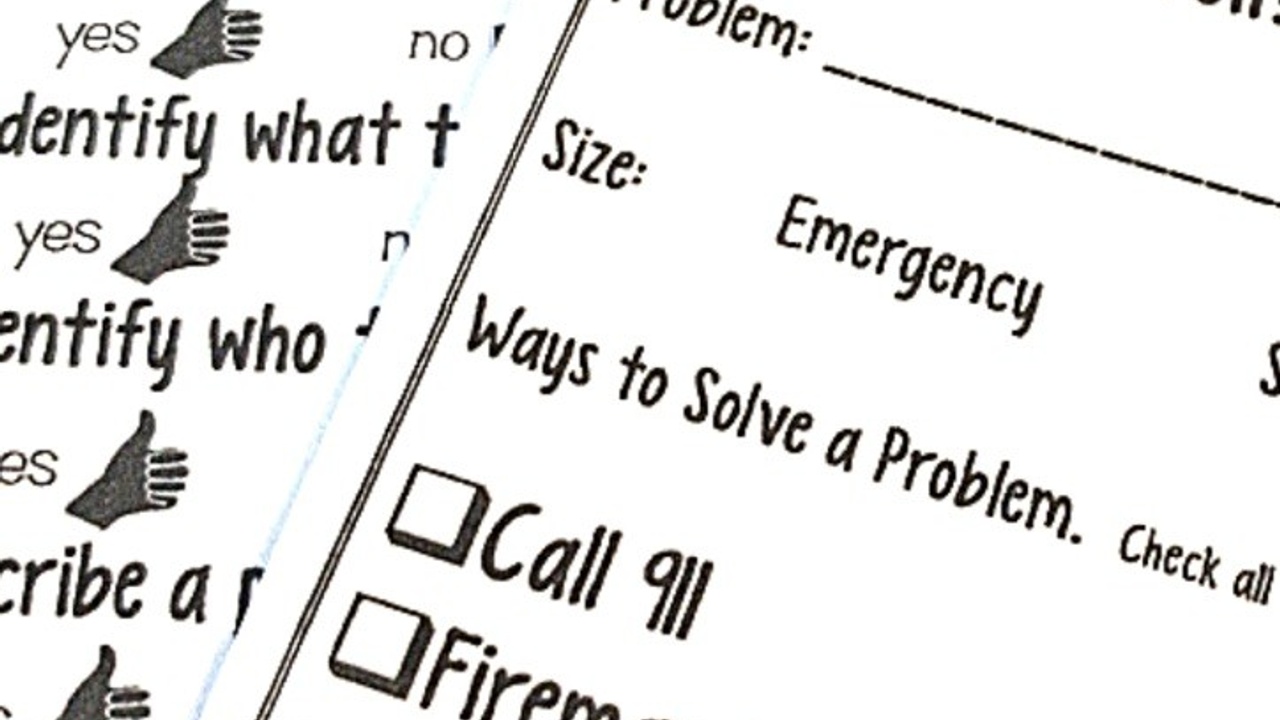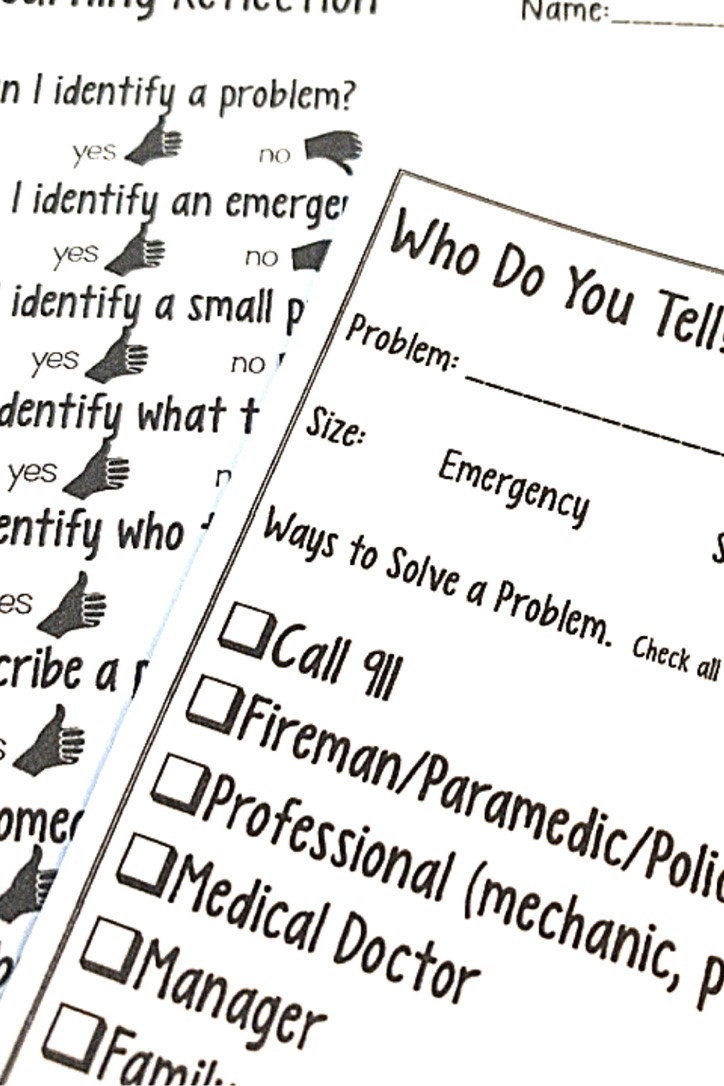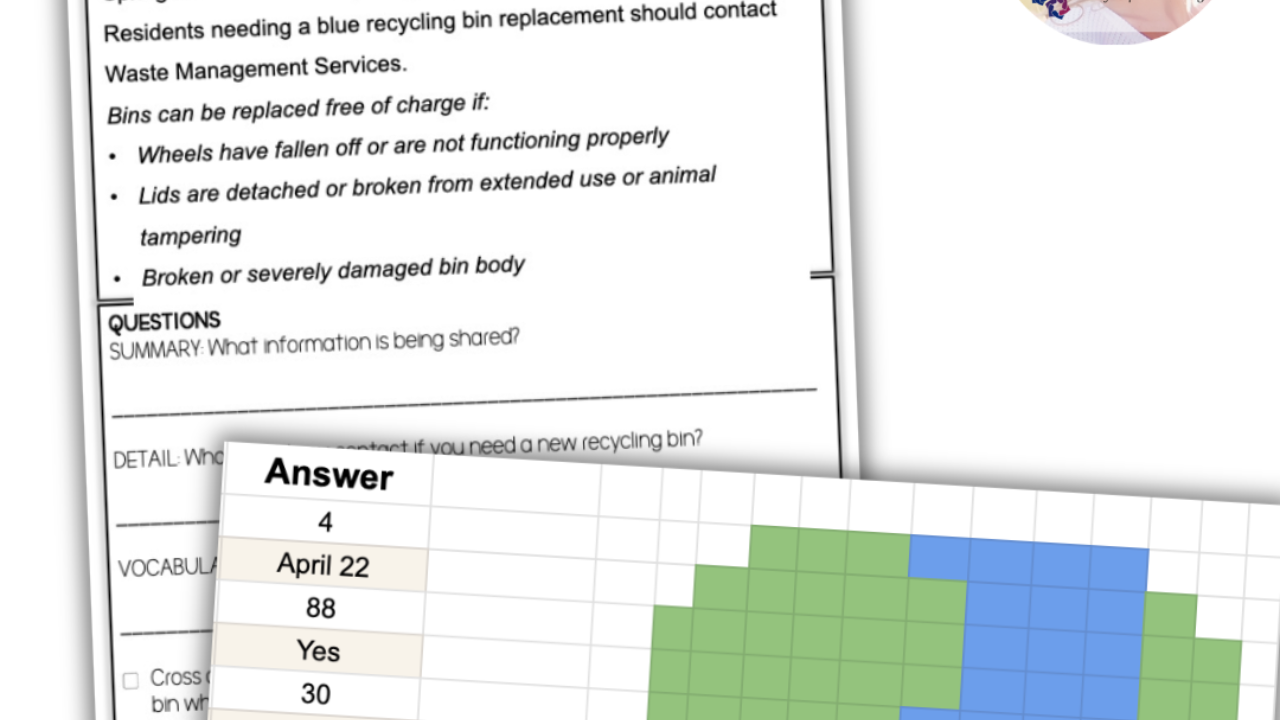How To Teach: Problem Solving Skills
Nov 01, 2021
Importance of Problem Solving
If, ‘Ow, looks like we have a problem to solve.’ isn’t a part of your teacher phrases, then consider adding it! An important step to living more independently and holding down a volunteer or competitive job is to be able to identify and solve problems of all kinds. Problem solving just might be the skill that is practiced most after self-care/personal hygiene tasks.
Focus Skills
-Identifying there is a problem
-Giving a problem a size of importance
-Associating a solution based on the problem size
-Next steps when there is a problem that needs solved
Why Focus On These Skills
I see advocacy and problem solving as joint skills. A student can’t advocate unless there is a problem. A student can’t begin to grow their problem solving skill until they advocate. As students access more environments, such as their community and vocational opportunities, these skills will be vital to keep them safe and employed. Being direct in teaching problem solving is a must!
When To Teach
Since advocacy and problem solving really go hand in hand, consider teaching these two concepts close together and using that same language when addressing needs and situations with your students.
I’ve created a complete lesson unit of materials for teaching this topic. The materials are comprehensive (5 full lessons) and most appropriate for life skill lessons at the middle school, high school and transition level students. Below are some lesson unit highlights!
Lesson Objective
Students will identify a problem/identify the size of the problem/identify how to
act/identify who to tell when a problem occurs.
Lesson Vocabulary
Do, Emergency, Problem, Tell, What, Where, Who
Resource Perks
-
Pre and Post assessment
-
1 page narrative explaining the skill with and without visual text supports (to incorporate functional reading)
-
5 skill practice activities to learn and/or reinforce the focus skills
-
Game for students to practice their skills (because learning is fun)
-
Boom Cards for practice or assessment
-
Student learning reflection worksheet (thumbs up or down)
-
Encouraging on-topic quotes (use as a classroom poster or starter for each class period)
-
5 strategies for success (tips for being successful with the focus skills)
-
Coloring page with on-topic graphics
-
Skill mastery certificate for positive recognition and reinforcement
-
Data collection sheet on specific focus skills
-
Homework sheet to encourage students to practice the skill outside of the school setting
-
Word search of key vocabulary terms
-
Visuals for focus skills with age appropriate colors and graphics
Ultimate Goal
The ultimate goal for problem solving is two fold. If a student can identify there is a problem, then wahoo! First goal met! Then, if they can identify the size of the problem, then the ultimate goal is achieved. From there, decision making is the next step and responses and answers will vary greatly. It is less about how the problem was handled and more about whether the student could identify the problem and the intensity or severity of it.
Link to Curriculum


















